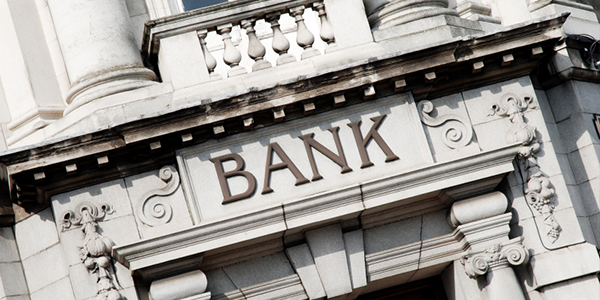Diversification is a Prudent Strategy to Lower Risk - So Why Do Some Banks Shun it?

|
|
Generally, keeping all your eggs in one basket isn’t a good idea. That’s true when it comes to investing, and it’s the case for banking, too. Having a healthy mix of different loan types can be a bank’s saving grace when hard times hit.
So why do some banks shun diversification, and just focus on one key business area? And what does that mean for the risk of doing business with them?
Well, a bank’s geographic location, history, and/or customer base can all influence what kind of business it does. For example, some banks in rural areas focus most of their business on agricultural lending. This type of lending finances agricultural production, including growing crops, raising livestock, and developing fisheries, and can be in a form of both secured and unsecured loans.
This narrow focus creates a business risk. The smaller the bank, and the larger the percentage of focus on one line of business, the greater the risk.
Below is a list of the top 10 banks in the country in terms of agricultural loan concentration. In other words, the list shows the banks with the greatest percentage of agricultural loans to total loans. I also included their total assets, total agricultural loans, Weiss Safety Rating, and city and state of domicile.
Banks with Largest Percentage of Loans in Agricultural Lending

Keep in mind these institutions are much smaller than the giants we see on every street corner or hear ads for on TV and the radio. These banks range from just $15 million to $125 million in total assets, but have more than 69% of their loans in agricultural lending. That makes them all tiny compared to a two-trillion-dollar-in-assets JPMorgan Chase, National Association, which also has an agriculture loan concentration of only 0.1%.
Of course, if we look at banks with largest total AMOUNT of agricultural loans, we get a completely different list. The banks shown below are huge institutions that lend massive amounts of money in agriculture — yet those amounts don’t represent much of their overall lending.
Banks with Most Dollars in Agricultural Lending

Wells Fargo is the largest agricultural lender in the country with almost $4.5 billion in such loans. But that number represents only 0.5% of its overall loan portfolio. We have other well-known names such as Citibank, U.S. Bank, and Bank of America on the list. But not one of them has more than 1% of its loans in agriculture, even as the actual dollar amounts are larger than the entire asset base of the banks in the first table.
Other banks specialize in different areas such as auto lending. Below is the list and safety ratings of banks with the highest percentage of auto loans in their portfolios.
Banks with Largest Percentage of Loans in Auto Lending

BMW Bank of North America takes the top spot as 97.6% of its loans are auto loans, and financing and leasing cars is their primary business strategy. In contrast, First Bank of Ohio is a community bank that, on the face of it, faces the same business risk as the agricultural lenders because of its almost singular focus on auto lending. These risks require appropriate controls to mitigate exposure for a lender.
My next list includes banks that focus mostly on revolving lines of credit and credit cards. The top three are entirely engaged in credit card business and the rest of them have a very high percentage of credit card loans on the books.
Of note should be the size of these focused institutions, with only one having under $1 billion in assets. You will also see that many are household names (not that this always protects a company from having financial problems of course).
Banks with Largest Percentage of Loans in Credit Card Lending

Finally, just as we saw with the auto lenders and with credit cards, there are some specialist banks that either largely or entirely make real estate loans. Once again, some of them are very small and it only takes a few mortgage loans to account for most or all of their business.
Banks with 100% Real Estate Loans

So the bottom line is that some banks, despite a lack of diversification, are still considered financially sound. Their established business niche allows them to operate and provide financing to a particular group of borrowers, and they maintain adequate reserves and prepare for the worst. So even if a crisis affects that particular line of business, they can manage through it.
But for others, the business risk is significant and they may not have the resources to survive tough times. This is why most banks want, and should have, a healthy asset mix. Just like with investing, diversification is key.
As always, to find your bank’s Weiss Safety Rating or to receive updated ratings on any bank, visit us at http://www.weissratings.com.
Think Safety,
Remi Lukosiunas
Money and Banking Edition, By Remi Lukosiunas, Financial Analyst Remi Lukosiunas, a Financial Analyst, joined Weiss Ratings in 2014 with a financial services background in internal audit and the credit union industry. Remi conducts banking, credit union, insurance and investment research. He has also written extensively on stocks and investing using ratings as a guide. Remi is a graduate of Florida State University with a degree in multinational business. |


